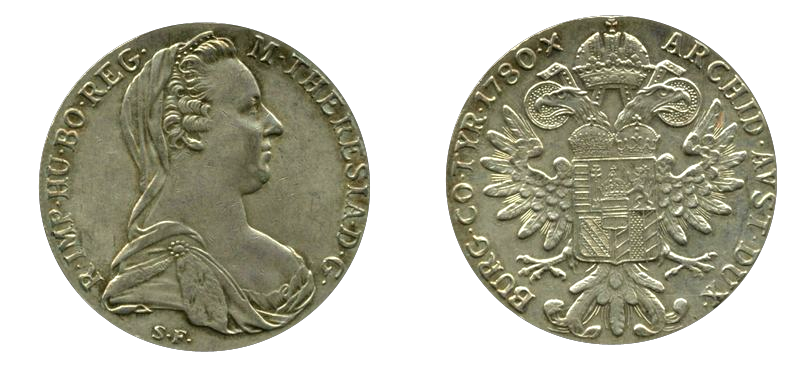Salaita is near
modern day Taveta town, Kenya, it is a sun
baked hill in isolation, were it not for occasional cartridges, unexploded ordinance and trenches very
little gives it away as a scene that has witnessed a major historical battle. It
was a strategic look out post and major base for German railway communication
and an important tactical point for the British ambitions to penetrate German
East Africa. British intelligence showed it was defended by a small detachment
of 300 men with no artillery, an error that would cost them dearly. The British
command tasked to attack Salaita was led by brigadier General Beve’s 2nd South African Infantry brigade
and first East African brigade. In addition was the Indian artillery brigade, in
total there were 6000 men.
The allied forces began their assault on the morning of
February 12 1916 with the bombardment of German positions on the hill. Unknown to them Salaita hill was highly
defended by approximately 1,300 men under the command of local commander Major
George kraut. Due to poor intelligence they attacked trenches and positions in
the summit, instead of the front lines further downhill. It alerted the Germans
of the impending attack with little disorganisation or determent of their
ability to repulse the enemy.
Allied forces with aerial support began to advance at 0500
hrs, supported by scouts, armoured cars, artillery and machine guns. After
0700hrs, 2 KM short of Salaita, Beve’s brigade assumed a loose formation; they
came under sporadic fire from the enemy artillery. The brigadier deployed the 7th
SA Infantry Regiment (Lt. Col. J. C. Freeth) leading. 5th SA Infantry Regiment
(Lt. Col. the Honourable J. J. Byron) echeloned on its left and the 6th
SA Infantry Regiment (Lt. Col. G. M. J. Molyneux) extending on the right. They
penetrated the core positions of the enemy but were forced to withdraw due to
heavy enemy fire. While withdrawing they were attacked on the right wing by the
German relieving force commanded by Captain Schultz from Taveta, the brigades
withdrew with some disorder to the northeast, having sustained 172 casualties.
One of the principle reasons for the reverse is the lack of coordination
between the South African and East African brigades. Their respective attack
time had a difference of over 3 hours despite the fact they had a common
target.
The South African
losses at Salaita hill are given as 138, 83 were from the leading unit the 7th
SA Infantry,6 killed,47 wounded and 30 missing.
A similar account was given by Gen Von-Lettow
Vorbeck, leader of the German East Africa forces. In his book “REMINISCENCES OF
EAST AFRICA” he recounts of considerable build up of troops to the East of
mount Eldorobo. Mount Eldorobo would later after the battle be renamed
Slaughter and corrupted to modern day Salaita. He beleaved the considerable
build up was to train young European fighters from South Africa of how to manoeuvre
and engage the enemy in the bush. He recounts how early in February the enemy
advanced from the East with several regiments. He had plans the enemy would not
get away, he would achieve this by means of a counter attack with Captain
Schulz detachment in Taveta. On 12th
February 1916, European troops advanced to 300 meters from Oldorobo Mountains. Head quarters
at new Moshi considered an opportunity had presented its self and ordered fire
to be opened. Schultz detachment was ordered to match from the rear and make a decisive
attack on the enemy’s right or northern wing. He was to be later informed that
the enemy had been repulsed with heavy losses. The numerous Howitzers shells
that fell on their position hardly did any damage. The enemy retreated through
the bush in disorder. They buried more than 60 Europeans. According to the
prisoners of war and recovered documents the troops were 3 South African
infantry Brigades and It seemed the men were recruited on the promise of acquiring
farms and plantations.
